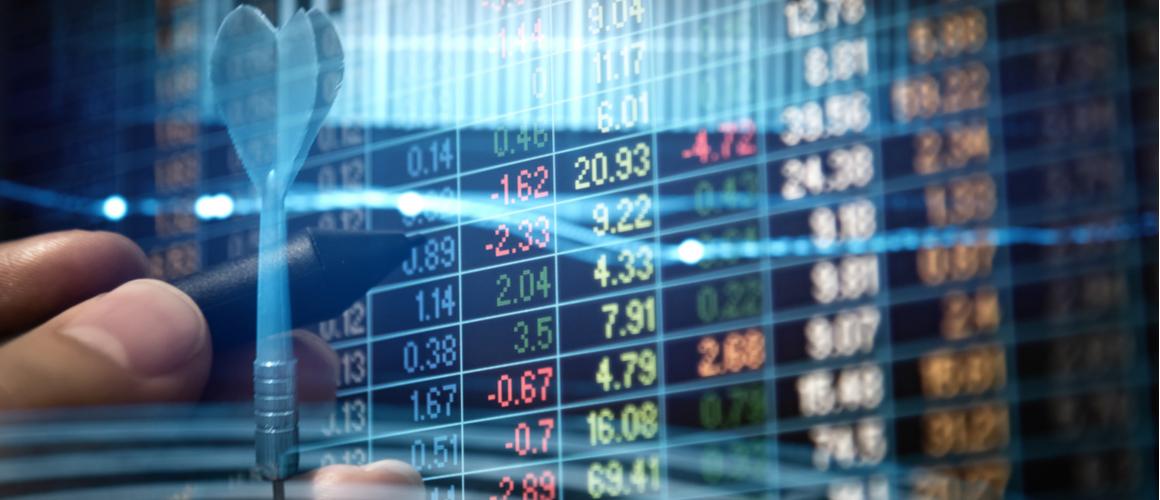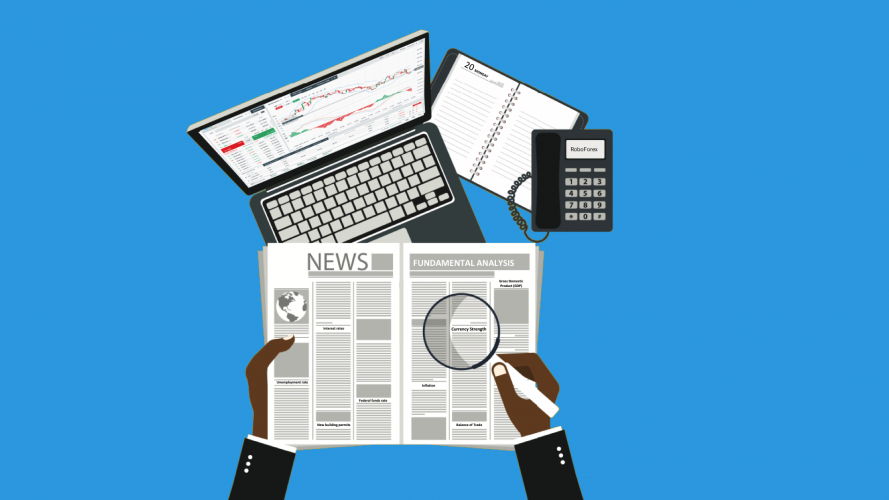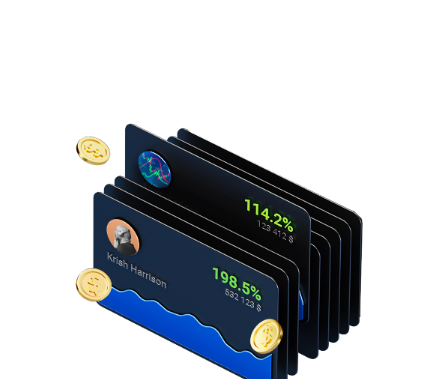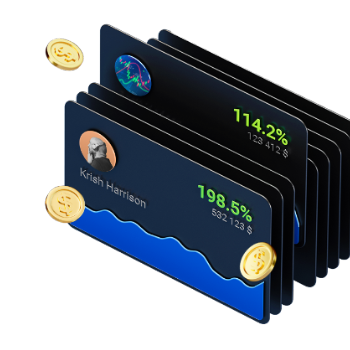What is Fundamental Analysis: Where to Get Data From an How to Use It on Forex

6 minutes for reading
The influence of fundamental data on the dynamics of financial instruments is studied by a special type of analysis – fundamental analysis, an integral part of any trader training program.
What is fundamental analysis?
Fundamental analysis is applied to regularly published macroeconomic indices of certain countries and the world economy on the whole as well as to political events, relevant for the financial world. Generally, fundamental analysis singles out 4 main groups of factors strongly influencing the exchange market:
- Economic factors – main economic data, decisions of Central banks on their credit and monetary policy, currency interventions;
- Political factors – presidential elections, reshuffling and resignations in the government, speeches of famous politicians;
- Rumors and expectations – most discussed political and economic factors producing rumors and expectations;
- Force majeure – natural disasters (earthquakes, floods, tsunamis, fires, etc.), man-made disasters and other unexpected events.
How does news influence Forex?
I suppose, it is no secret that the major driver of quotations on the market is the release of fundamental news, such as interest rate decisions of the Central banks of leading countries, publication of main macroeconomic data, speeches of politicians, etc. This is the news that stimulates volatility growth on Forex and sets the direction of exchange rates. For example, news on Brexit can alter the GBPUSD rate on 200-300 points in one or another direction depending on the perspective the news opens for further development of the UK. Or one more unexpected Trump’s twit may influence this or that currency, as it has already happened several times. The most predictable events are planned publications of main economic data indicating the development of certain countries.
Main economic indicators
Let us enumerate the main economic indicators having the most substantial influence upon exchange rates:
- Interest Rate – the price of the right to use loaned money. In different countries it has different names but the essence is the same. It is the main instrument of monetary policy of Central Banks. Growth of the Interest Rate entails growth of the national currency.
- Gross Domestic Product (GDP) – generalized data about the added value produced by all businesses in the country during a certain period of time. Growth of the GDP leads to growth of the national currency.
- Consumer Price Index (CPI) – the main indication of the inflation level in the country. It is calculated on the basis of the dynamics of the price of consumer good basket during a certain period of time. Growth of inflation in the countries with developed economy (the USA, the European Union, the UK, etc.) entails growth of the national currency rate because in case of an increase in the inflation the Central Bank of the country will raise the Interest Rate.
- Producer Price Index (PPI) – the index demonstrating the dynamics of the price of the national produce. Growth of the PPI leads to growth of the national currency.
- Industrial Production Index (IPI) – the index showing the change of the volume of industrial production. Growth of the index entail growth of the national currency.
- Trade Balance, or International Trade – the difference between the sum of export and import of goods and services. Growth of external surplus leads to growth of the national currency rate.
- Unemployment Rate – shows the proportion of the unemployed in the country’s workforce. Growth of unemployment leads to decline of the national currency.
- Non-farm Payrolls – this index shows the gross number of hired workers, registered in the payrolls of non-farm businesses. Growth of the index leads to growth of the US dollar.
- Retail Sales – the index characterizes consumer expenses and reflects the level of consumer demand, consumer capabilities and confidence. Growth of the index leads to growth of the national currency.
- Consumer Confidence Index (CCI) – shows optimism towards the economy, expressed by the nation through consuming and saving. Growth of the index entails growth of the national currency.
Where do we get the data for fundamental analysis from?
Certain time before the release of important news (usually several days) analytical companies as well as experts from major funds and banks publish their forecasts, based on the information that was used for the analysis. Large information agencies interview the analysts and issue their results. Thus before an important piece of news is published one may find forecasts of its meaning. In order to know what news is going to be released and when one should use the Economic calendar. Just go to the RoboForex website and open the desired section through Client – Analysis – Economic calendar.

How to use the Economic calendar
- First you should choose your time zone so that the time of news release specified in the calendar was in accordance with your current time.
- Then choose a time interval during which you need to receive the news. RoboForex calendar provides news for the current and the coming week.
- If you need the news from one or more specific countries, go to Advanced filters and specify the country and the time interval.
- To figure out some details about a certain event on the calendar, click the unfolding menu to the right of the chosen event to get the detailed description.
After the release of the news from the Economic calendar there follows a strong reaction in case of a big difference between the news and forecasts (in other words, if the expectations of the market have not been fulfilled). It is also important to keep in mind previous statistics: if the fundamental piece of news contradicts the current trend, its influence is unlikely to be long. Conversely, if the fundamental factor is in compliance with the current trend, it is most likely that it will develop further.
How to use fundamental analysis on Forex
Fundamental analysis is more predictable and understandable on longer timeframes. However, this work style better suits “serious guys from Wall-street” operating billions of dollars. If you are not one of them, you do not seem to be happy with waiting long months for your investments to yield profit.
Simple traders normally use fundamental analysis on shorter timeframes, and in such cases it would be wise to use technical analysis as well. Knowledge of the most important fundamental indices and the ability to use the Economic calendar helps choose an important piece of news and the time of its release for a transaction. Technical analysis helps find an optimal entrance point, limit losses and lock in profit. Mixing fundamental and technical analyses this way, a trader can use strong news in short-term trading, however; this topic is worth a separate article.
Summary
it is rather hard to consider and analyze all factors influencing exchange rates, that is why performing fundamental analysis on Forex is a difficult task. What is more, thorough studying, understanding of interrelations and influences require certain experience of working with financial information. Anyway, knowledge of fundamental analysis provides wider trading opportunities.









